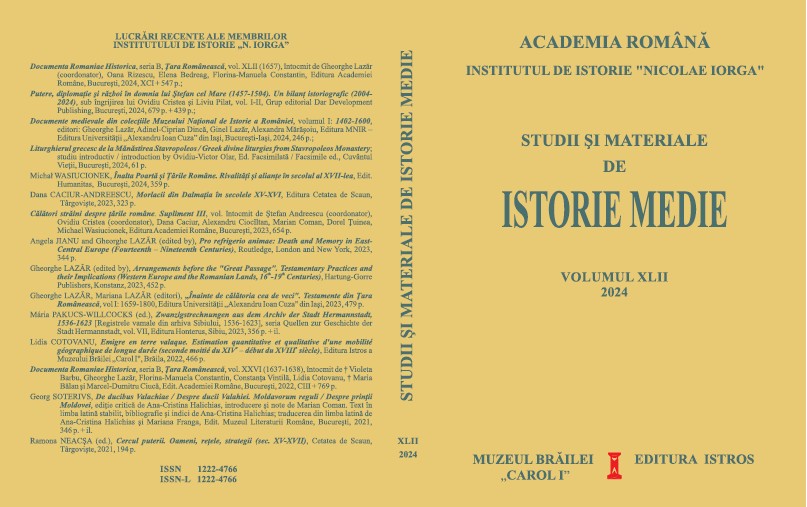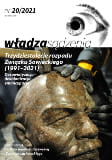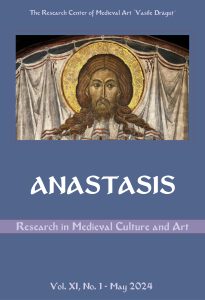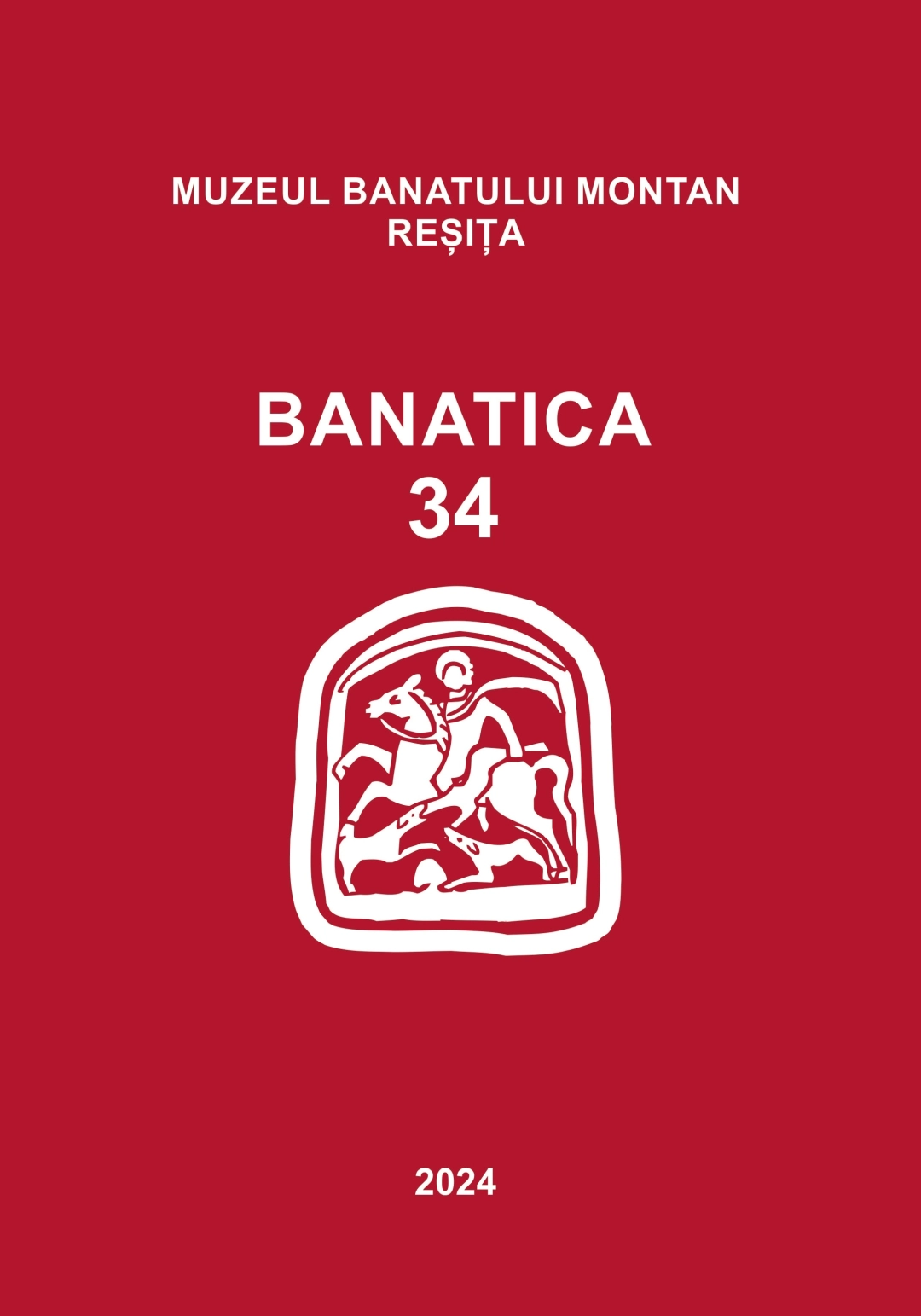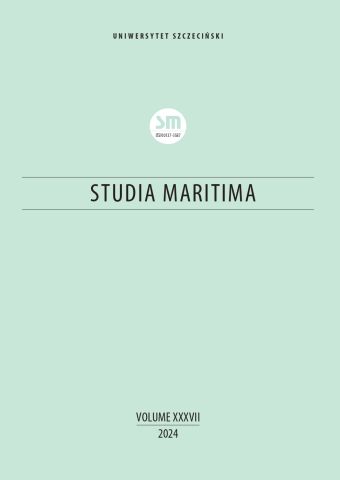
The Contract for the Construction of Ocean Liners MS “Piłsudski” and MS “Batory” of 29 November 1933
The purpose of this article is to provide insight into the signing circumstances and the contents of the contract of 29 November 1933, between “Polskie Transatlantyckie Towarzystwo Okrętowe” (Polish Transatlantic Shipping Company Limited, or PTTO) and “Cantieri Riuniti dell’Adriatico” (United Shipbuilders of the Adriatic, or CRDA) for the construction of ocean liners MS “Piłsudski” and MS “Batory.” PTTO, a Polish – Danish shipping line, was created on 16 February 1929, on the basis of a contract signed between the Polish Ministry of Industry and Trade and “East Asiatic Company Limited”. Three steam ocean liners underwent a change of flag to flag of Poland (SS “Pułaski,” SS “Kościuszko,” and SS “Polonia”), the goal of which was to maintain regular transfer of passengers and goods between Gdynia and Halifax and New York. Unfavourable operating results and the economic crisis of 1931–1932 meant that PTTO, like other Polish shipping companies with outdated ships unable to compete with foreign competitors, was forced to replace its ships with modern ones - the fastest and cheapest in operation. As the purchase of ready-made new ships proved impossible, it was decided to subcontract their construction to the Italian company CRDA of Trieste, which offered the Polish side good and cheap to operate ships, as well as favourable credit conditions and the concept of coal compensation. The Italians have also indicated their willingness to purchase hard coal from Silesian mines over the next few years, almost matching the value of the ships. The contract for the construction of MS “Piłsudski” and MS “Batory” was signed on 29 November 1933 in Warsaw, and the period of supervision of its execution by the Supervisory Commission began. MS “Piłsudski” was launched on 19 December 1934 at the Monfalcone shipyard and arrived in the port of Gdynia on 12 September 1935. Two days later, a ceremony of consecration and hoisting of the Polish flag took place, and on 15 September 1935 MS “Piłsudski” left the port of Gdynia for her first voyage to New York. The ceremony of the launching of MS “Batory” took place on 3 July 1935 in Monfalcone, while the consecration of the Polish flag took place on 17 September 1936 in Gdynia. Two days later, the transatlantic liner set off on her first voyage to New York, henceforth making regular voyages while alternating with MS “Piłsudski.” During the summer, in between voyages, she made tourist trips to European ports. The new transatlantic ships were an excellent shipping investment, being the most modern vessels of their type sailing the seas of north-eastern and central-eastern Europe. After the outbreak of World War II, they were requisitioned by the British. MS “Piłsudski” sailed as an auxiliary battlecruiser and on 26 November 1939, sank during her first voyage to Australia. MS “Batory,” after being refitted and rearmed, served for six years during World War II, before being returned to GAL in 1946 and once again flying the Polish flag.
More...
